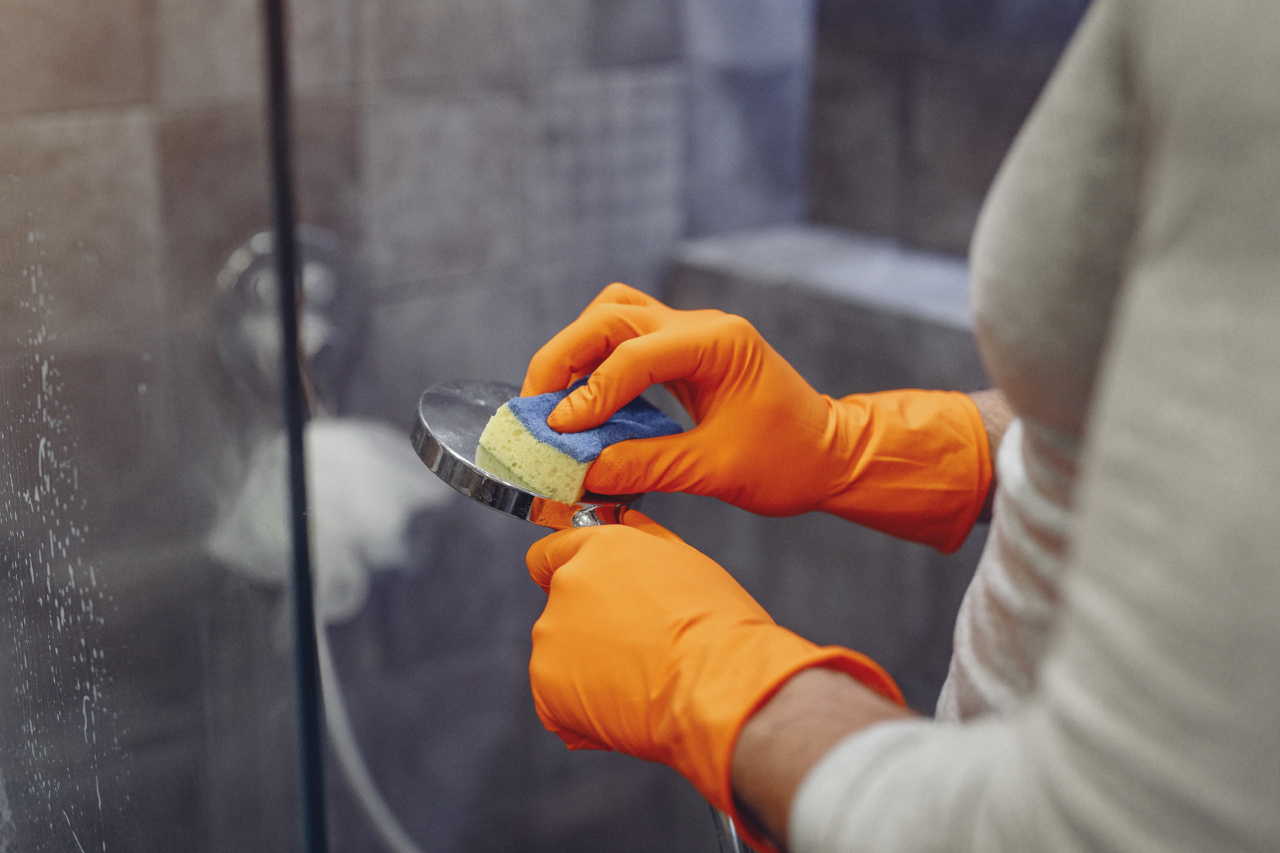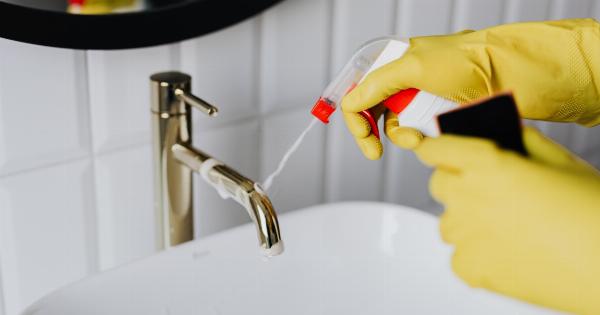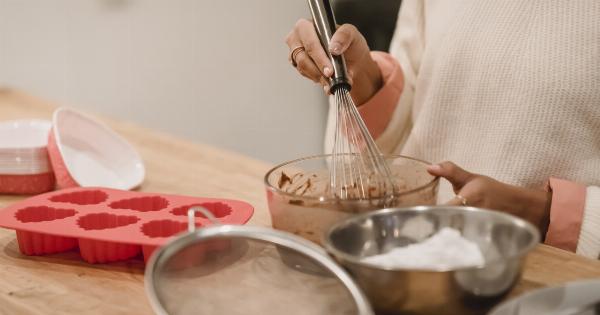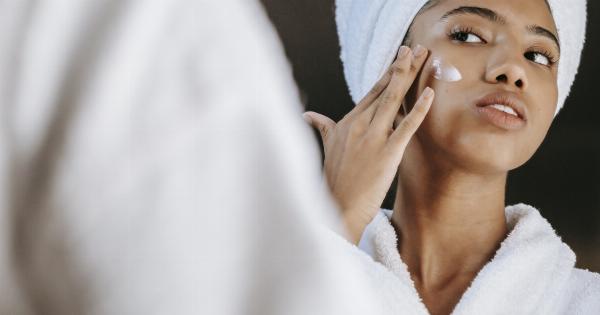Sponges are often overlooked when it comes to cleaning routines, but they can harbor an alarming amount of bacteria if not properly disinfected.
These handy cleaning tools are perfect for scrubbing away dirt and grime from various surfaces, but they also provide the ideal breeding ground for bacteria and mold.
2. The Dangers of Unsanitized Sponges
Using unsanitized sponges can lead to cross-contamination, spreading harmful bacteria and germs from one surface to another.
This can pose serious health risks, especially in the shower where damp conditions create a perfect breeding environment for bacteria and mold.
3. Regularly Rinse Sponges After Use
One of the simplest and most effective ways to prevent bacterial growth in your sponge is to rinse it thoroughly after each use. Run it under warm water until all soap residue and dirt are gone.
Squeezing the sponge while rinsing helps to remove trapped debris deep within the sponge’s surface.
4. Disinfecting Sponges with Bleach
Bleach is a powerful disinfectant that can effectively kill bacteria, viruses, and mold. To disinfect your sponges, create a solution by mixing one part bleach with nine parts water.
Soak the sponge in this solution for about five minutes, then rinse thoroughly with clean water. Make sure to handle bleach carefully and avoid contact with skin and eyes.
5. Hot Water Disinfection
Another effective method to disinfect sponges is to use hot water. After rinsing your sponge, place it in a microwave-safe dish filled with water and heat it in the microwave on high for one minute. This intense heat kills the bacteria effectively.
Be cautious when removing the sponge from the microwave as it will be hot.
6. Vinegar Soak for Natural Disinfection
If you prefer natural disinfection methods, vinegar can be an excellent option. Soak your sponge in a mixture of equal parts vinegar and water for at least five minutes. Vinegar acts as an antimicrobial agent, preventing the growth of bacteria and mold.
Rinse the sponge thoroughly before using it again to remove any lingering vinegar smell.
7. Replace Sponges Regularly
No matter how thorough you are with cleaning and disinfecting, sponges have a limited lifespan. It is essential to replace them regularly to maintain proper hygiene in your shower and prevent the spread of bacteria.
As a general rule, replace your sponge every two to four weeks or when it starts to show signs of wear and tear.
8. Proper Shower Maintenance
While disinfecting sponges is crucial for maintaining a clean shower, other measures should be taken to ensure overall hygiene. Regularly clean and scrub your shower surfaces, including tiles, grout, and fixtures, using appropriate cleaning agents.
Allow proper ventilation to prevent excessive moisture accumulation, which can lead to mold growth.
9. Drying Sponges Properly
After each use, it is important to dry your sponge properly. Bacteria and mold thrive in moist environments, so leaving a wet sponge lying around can contribute to their growth.
Squeeze out as much water as possible from the sponge and store it in a well-ventilated area to allow for air drying.
10. The Importance of Personal Hygiene
Lastly, personal hygiene plays a significant role in keeping your shower clean. Ensure that you are washing your body and hair thoroughly, rinsing away all residual soap and shampoo.
This reduces the amount of grime and bacteria introduced to the shower, minimizing the need for excess sponge usage and disinfection.





























